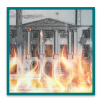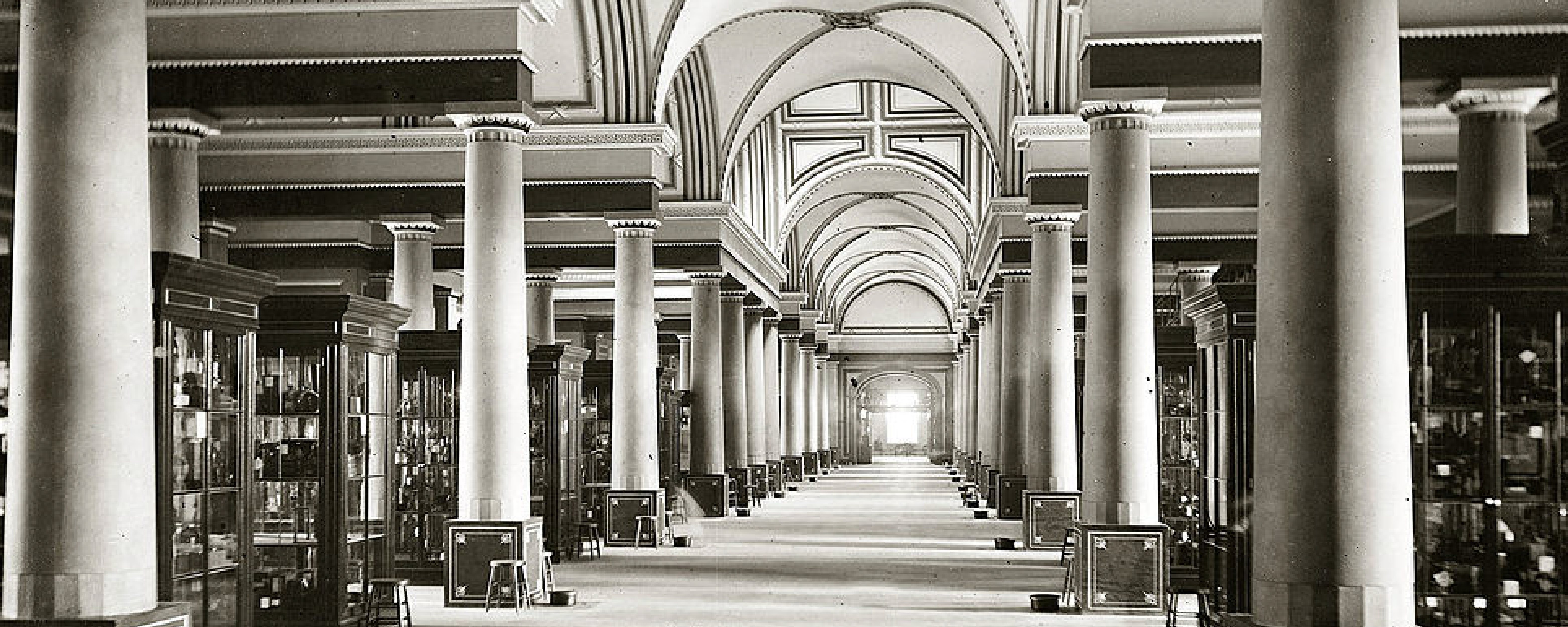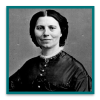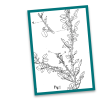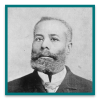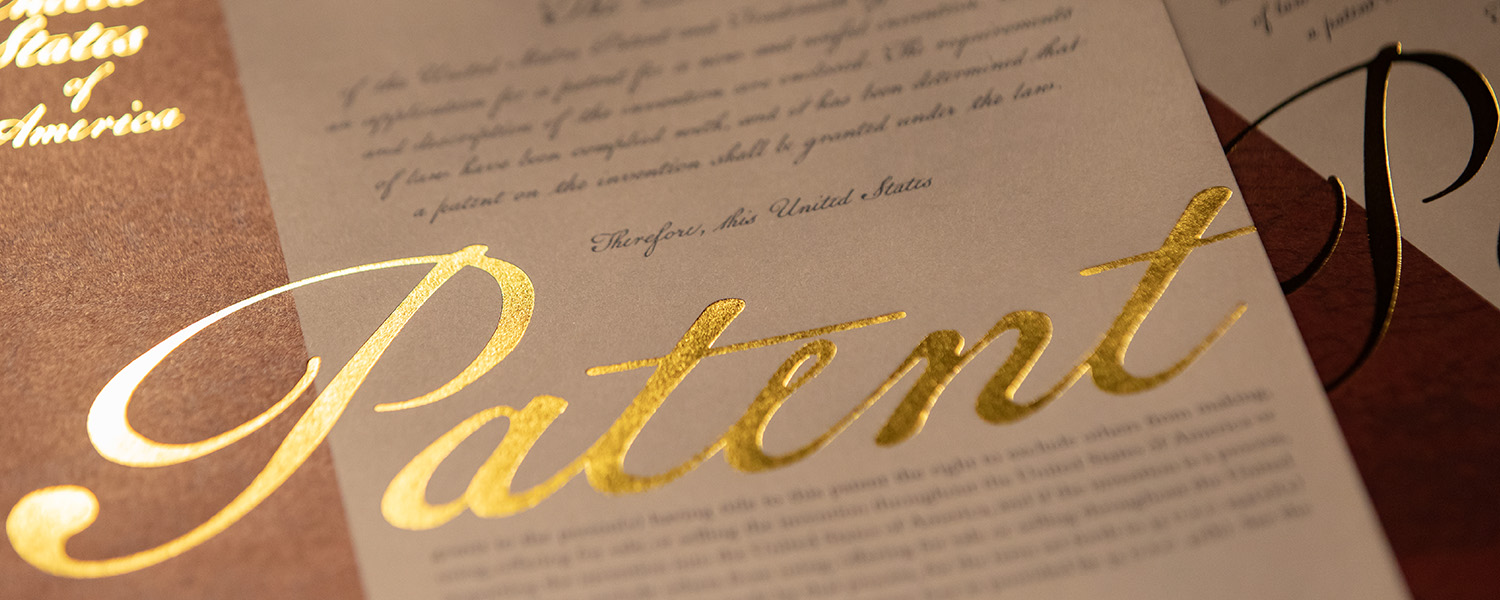With intellectual property rights enshrined in the United States Constitution, the patent system is nearly as old as the nation itself. The U.S. government has granted millions of patents since 1790, and in recent years, the growth in patent applications has been exponential. Throughout the nation’s history, inventors, lawmakers, and government employees have worked to expand and advance the patent system. Today, the U.S. Patent and Trademark Office grants patents in three categories utility , design , and plant. To learn more about patents and the patent process visit our Patent Basics webpage.
1788 | The United States Constitution was ratified on June 21. It includes what is now known as the intellectual property clause: Article I, Section 8, Clause 8, which reads “[The Congress shall have Power . . . ] To promote the Progress of Science and useful Arts, by securing for limited Times to Authors and Inventors the exclusive Right to their respective Writings and Discoveries.”
1790 | Congress passed the first patent statute in U.S. history on April 10. After the passage of the act, the first Patent Board, made up of Secretary of State Thomas Jefferson, Secretary of War Henry Knox, and Attorney General Edmund Randolph, began examining patents.
The first U.S. patent was granted to Samuel Hopkins for a process of making potash, an ingredient used in fertilizer on July 31. President George Washington signed the first patent.
1802 | The Patent Office was established. On June 1, William Thornton was appointed as the first government employee to grant patents on a full-time basis. He was later given the title “Superintendent,” but he was not able to hire an assistant until 1810.
1836 | The Patent Act of 1836 is signed into law on July 4. This law introduced a new patent numbering system, required the examination of patents prior to granting them, and established a corps of professional patent examiners to do so. One day later, Charles M. Keller becomes the first person to hold the official title of “patent examiner.”
U.S. patent no. 1 was granted to Senator John Ruggles for a traction wheel for steam locomotives on July 13. The 9,957 patents granted before the numbering system are now known as the X-patents.
On December 15, a catastrophic fire destroys the Patent Office, as well as many patent documents and models. An ongoing effort to recover the “X patents” lost in the fire continues to the present day.
1840 | The first purpose-built Patent Office opened for business. This Washington, D.C. facility was also the first federally-funded museum collection in U.S. history, a premier tourist attraction where visitors from around the world could marvel at rows and rows of patent models representing the latest advances in technology.
1842 | The first U.S. design patent was granted by printer and industrialist George Bruce for a new typeface, or font. Design patents protect the way something looks rather than how it works.
1855 | Clara Barton starts work as a clerk at the Patent Office. She is paid equal wages for her work, but faces discrimination from her male coworkers and eventually loses her job. She was later rehired during the Lincoln administration and goes on to blaze trails as a relief worker during and after the Civil War.
1872 | The Patent Office began publishing granted patents in the Official Gazette every Tuesday following their issuance.
1887 | The United States joins the Paris Convention, an international treaty that strengthens and harmonizes the protection of patent holders around the world.
1911 | On August 8, Utility Patent no. 1 million was granted to Francis H. Holton, for a tubeless vehicle tire.
1930 | Congress passes the Plant Patent Act, creating a distinct type of patent to protect new varieties of certain plants. Plant patents continued to grow in popularity with horticulturalists throughout the 20th century, and today, the USPTO issues over 1,000 plant patents per year.
1931 | Henry Rosenberg receives U.S. plant patent no. 1 for a climbing rose with ever-blooming properties that he called “The New Dawn.”
1952 | The Patent Act of 1952 clarified and simplified existing patent law in the United States and removed redundancies. Patent laws and regulations are now known as Title 35 of United States Code.
1975 | The Patent Office was renamed the Patent and Trademark Office by an act of Congress, effective as of January 2.
1991 | On March 19, Utility Patent no. 5 million was granted to a team of inventors from the University of Florida for an innovative way to produce fuel ethanol.
2005 | The USPTO relocated to its current headquarters building in Alexandria, Virginia. The buildings on the USPTO campus are named for early champions of the U.S. intellectual property system.
2011 | The America Invents Act was signed into law on September 16. Among the many provisions of the legislation was implementing the “first inventor to file” standard, bringing the U.S. patent system in line with other intellectual property offices around the world.
2012 | The first USPTO regional office opened in Detroit, Michigan. The office is named after Elijah J. McCoy, an African American inventor from Michigan whose 1872 patent made rail travel safer and easier for both workers and passengers.
2018 | On June 19, Utility Patent no. 10 million was granted by inventor Joseph Marron and patent assignee Raytheon Company for a “Coherent LADAR Using Intra-Pixel Quadrature Detection,’ which improves laser detection and ranging.
2021 | Utility Patent no. 11 million was granted to 4C Medical Technologies, Inc. Co-inventors Saravana B. Kumar and Jason S. Diedering on May 11. This invention provides a new method for delivering, positioning, and/or repositioning a collapsible and expandable stent frame within a patient’s heart chamber.
2023 | On September 26, Design Patent no. 1 million was granted to Agustina Huckaby of Fort Worth, Texas, for the ornamental design for a dispensing comb.
2024 | On June 4, Utility Patent no. 12 million was granted to a team of inventors from Pacific Biosciences of California, Inc. for a “Labeled Nucleotide Analogs, Reaction Mixtures, and Methods and Systems for Sequencing,” a chemical reagent for use in DNA sequencing.







